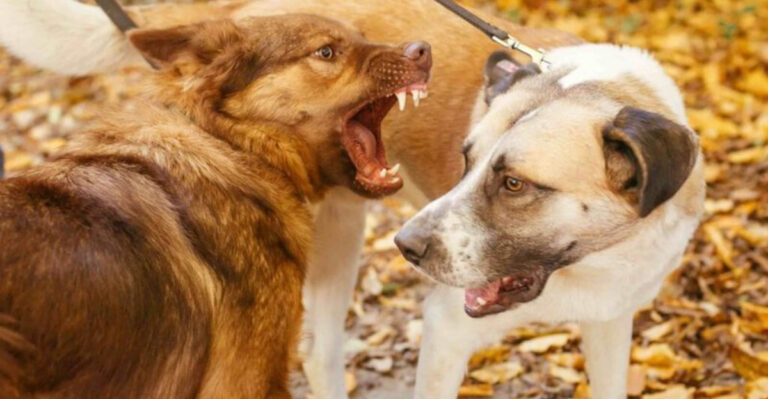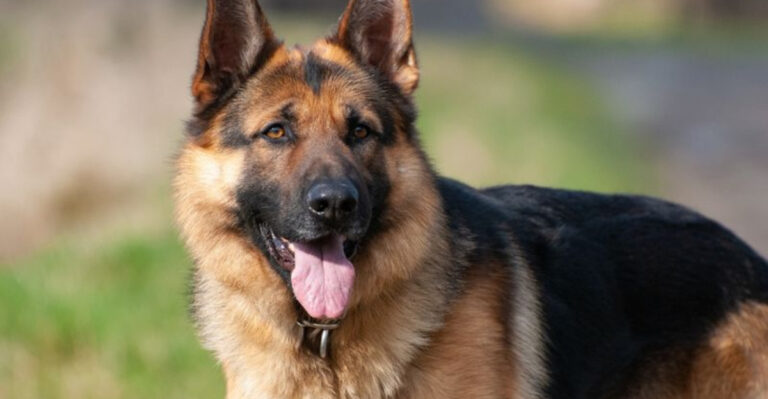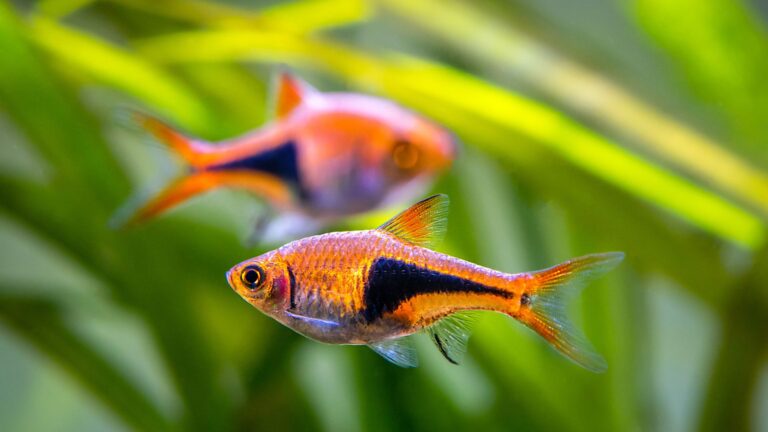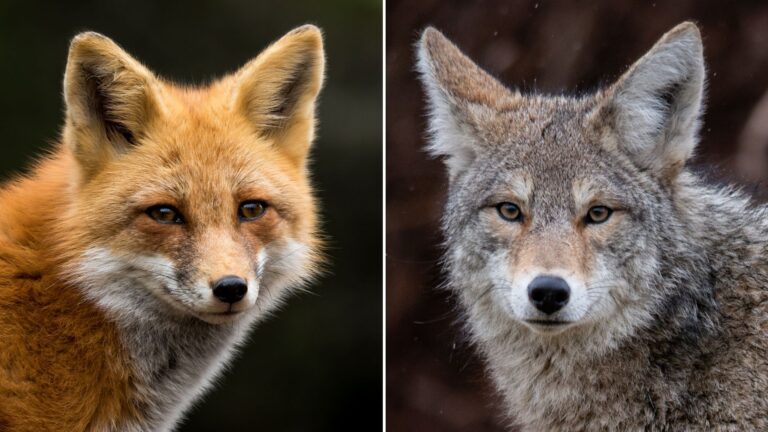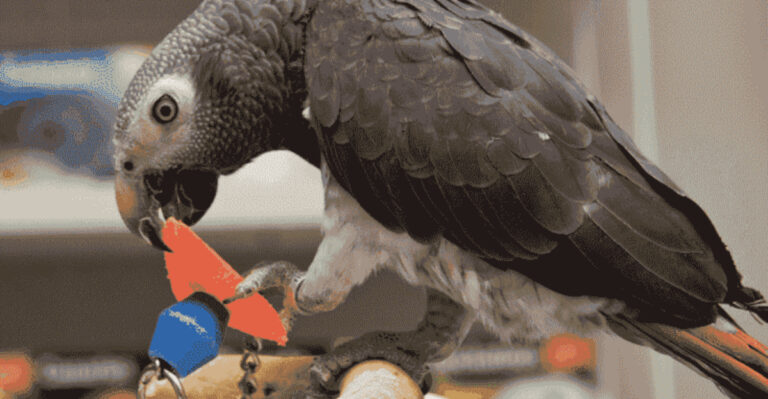This Wildcat Helped Shape The House Cat And Is Now Endangered Because Of It

Meet the Afro-Asiatic wildcat, the unsung hero behind your purring companion. This small but mighty feline roamed the deserts and grasslands of Africa and Asia long before curling up on our couches.
While they gifted us with the domestic cats we adore today, this wild ancestor now faces extinction partly because of their domesticated relatives.
1. The Afro-Asiatic Wildcat: The Ancestor Of The Modern House Cat
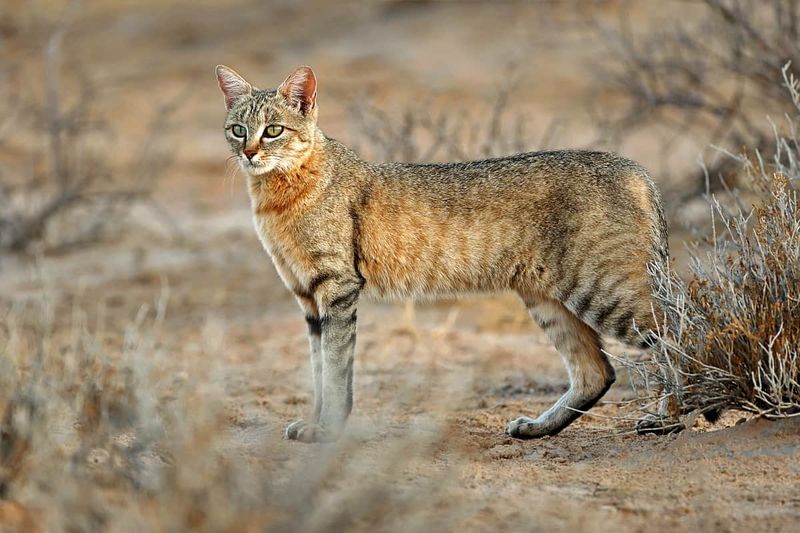
Scientific evidence confirms that Felis lybica, not the European wildcat, is our housecats’ true ancestor. DNA studies reveal domestication began roughly 10,000 years ago in the Fertile Crescent.
Your tabby’s distinctive coat pattern? That’s a direct inheritance from these wildcats, who used their camouflage to hunt in grasslands and scrubby deserts.
2. How The Afro-Asiatic Wildcat Contributed To The Evolution Of Domestic Cats

Grain storage in early farming settlements attracted mice and rats. Wildcats followed these rodents, gradually growing comfortable around humans who appreciated their pest control skills.
Unlike wolves-to-dogs domestication, cats essentially domesticated themselves! They approached human settlements voluntarily, beginning a mutually beneficial relationship that continues today.
3. The Unique Characteristics Of The Afro-Asiatic Wildcat

Slightly larger than house cats, these wildcats sport sandy-yellow coats with subtle stripes—perfect for desert camouflage. Their oversized ears serve as heat radiators and sound amplifiers for hunting.
Remarkably independent, they’re solitary hunters with exceptional night vision. These traits passed directly to domestic cats, explaining why your pet still stalks toys like prey.
4. From Wildcat To House Cat
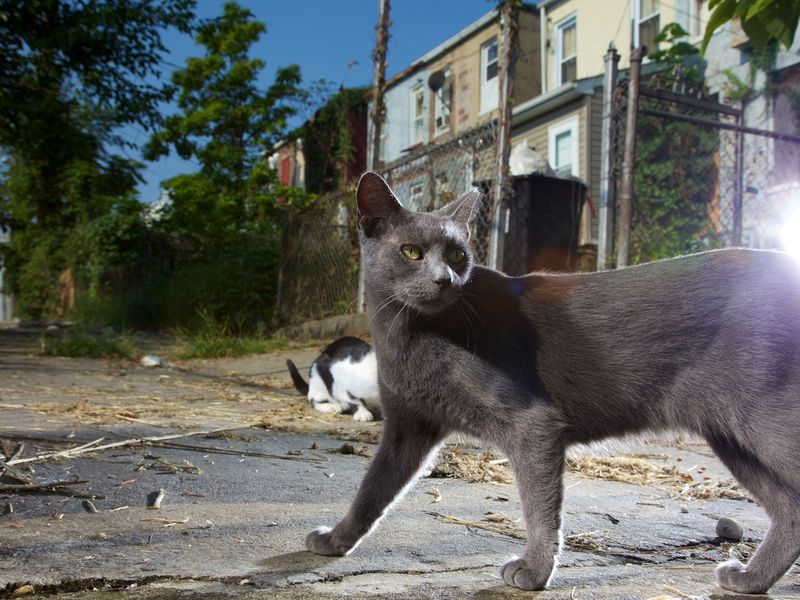
Archaeological discoveries in Cyprus revealed a 9,500-year-old human grave containing a cat, suggesting domestication was well underway by then. Remarkably, the earliest cats weren’t deliberately bred—they simply adapted to human environments.
Genetic changes were subtle but significant: increased docility, smaller brain size, and enhanced social capabilities emerged over thousands of years.
5. How The Relationship Between Humans And Cats Evolved Over Time
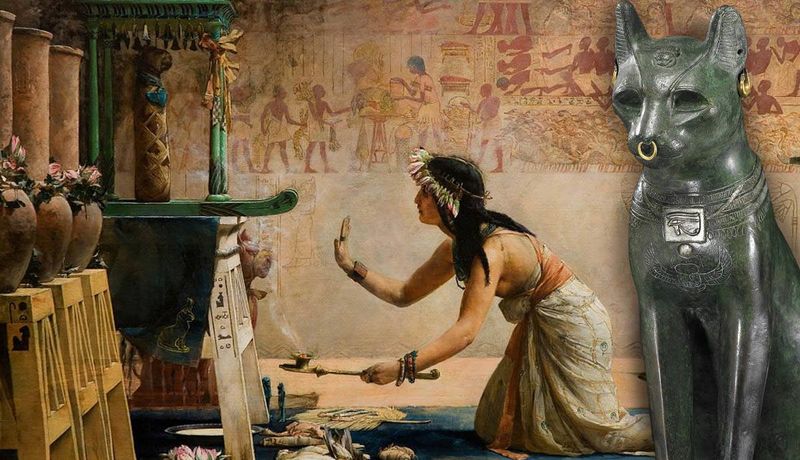
Ancient Egyptians elevated cats from pest controllers to sacred beings, worshipping the goddess Bastet with a cat’s head. Penalties for harming cats were severe—sometimes death!
Romans spread cats throughout Europe as valuable companions. By the Middle Ages, superstition brought persecution, but cats rebounded during the Renaissance as rodent-fighters during plague outbreaks.
6. The Role Of The Afro-Asiatic Wildcat In Ancient Societies

Farmers in the Fertile Crescent welcomed these natural exterminators who protected grain stores from rodents. Without wildcats, early agriculture might have faltered under pest pressure.
Ancient Egyptian granaries maintained special areas for cats. Ship captains prized them as cargo protectors, explaining how cats spread globally from their Middle Eastern origins.
7. The Impact Of Domestic Cats On The Afro-Asiatic Wildcat’s Population
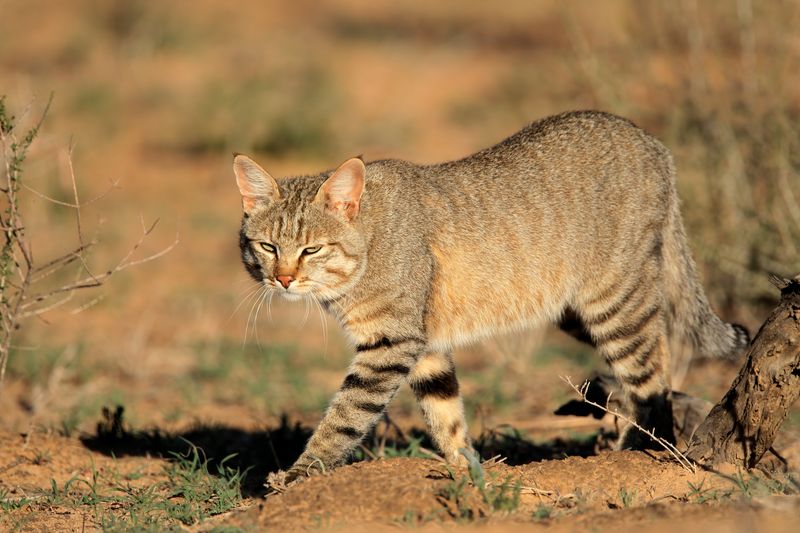
With over 600 million domestic cats worldwide, their sheer numbers threaten their wild ancestors. Free-roaming house cats compete for the same prey and territory.
Domestic cats carry diseases like feline leukemia that can devastate wildcat populations. In some regions, wildcats must travel further to avoid human settlements, increasing their vulnerability to predators and starvation.
8. Why The Afro-Asiatic Wildcat Is Now Endangered
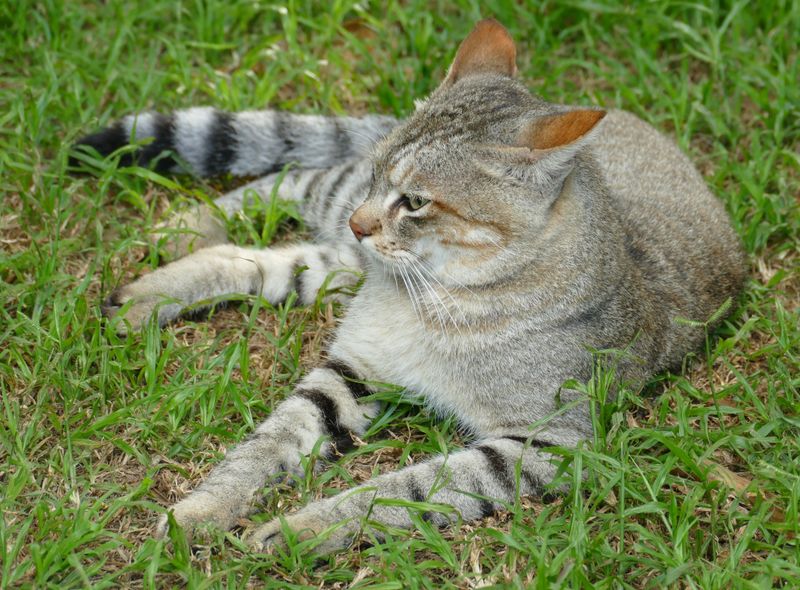
Habitat destruction through agriculture, urbanization, and desertification has shrunk wildcat territories dramatically. Road networks fragment remaining habitats, isolating populations and reducing genetic diversity.
Wildcats face direct persecution from farmers protecting livestock. Climate change intensifies these pressures by altering prey availability and vegetation patterns in their remaining strongholds.
9. The Threat Of Hybridization With Domestic Cats
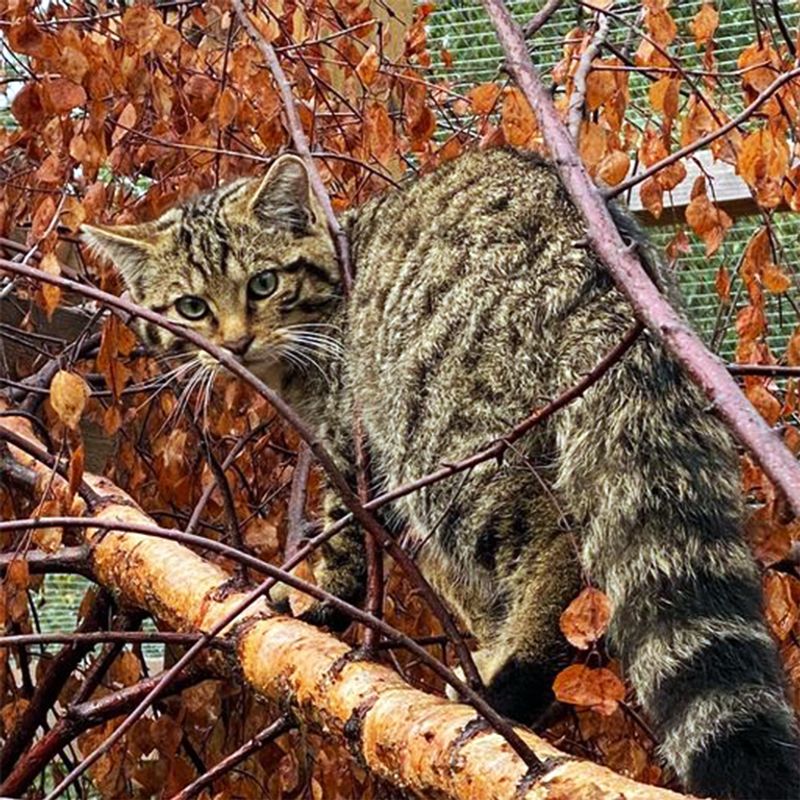
Hybridization—perhaps the gravest threat—occurs when domestic cats mate with wildcats, diluting the pure wildcat genome. In Scotland, nearly 90% of “wildcats” carry domestic cat genes!
Each generation becomes less wild and more domestic. Researchers fear we may lose pure wildcats entirely, with only hybrid populations remaining—essentially erasing millions of years of evolution.
10. Conservation Efforts For The Endangered Afro-Asiatic Wildcat
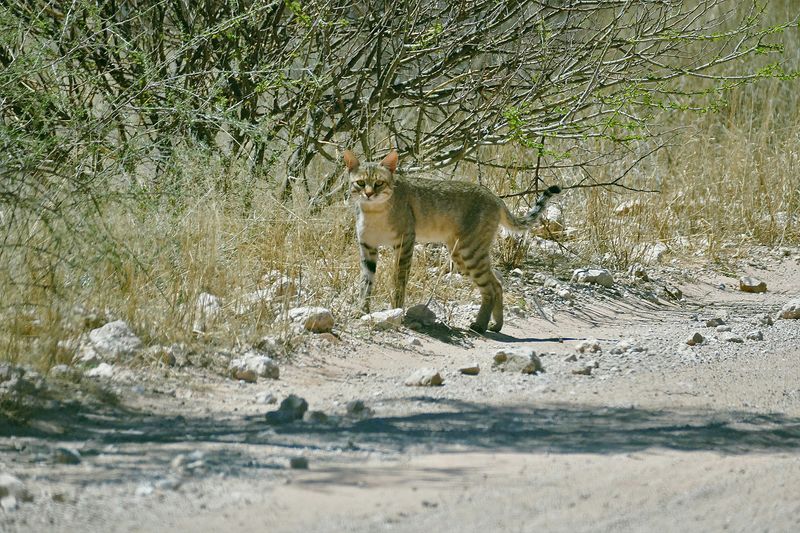
Dedicated conservation zones in countries like Botswana and Morocco protect critical wildcat habitats. Camera trapping helps scientists monitor populations and identify pure wildcats from hybrids.
Genetic testing enables conservation breeding programs to maintain pure wildcat bloodlines. Some initiatives focus on creating buffer zones between domestic cat territories and wildcat habitats to prevent hybridization.
11. The Importance Of Protecting The Afro-Asiatic Wildcat
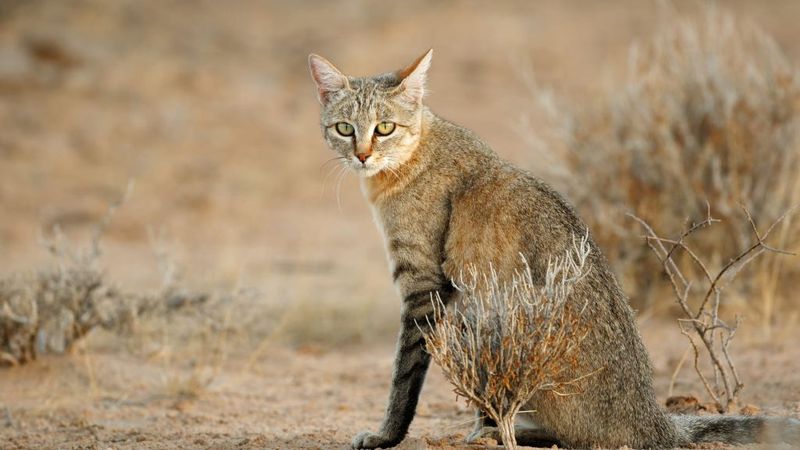
As apex predators, wildcats regulate rodent populations that would otherwise damage crops and spread disease. Their presence indicates healthy ecosystem functioning.
Beyond ecological value, they represent living evolutionary history—our last window into understanding how domestic cats evolved. Losing them would erase crucial scientific knowledge about domestication processes that shaped human civilization.
12. The Effects Of Climate Change On The Afro-Asiatic Wildcat’s Habitat
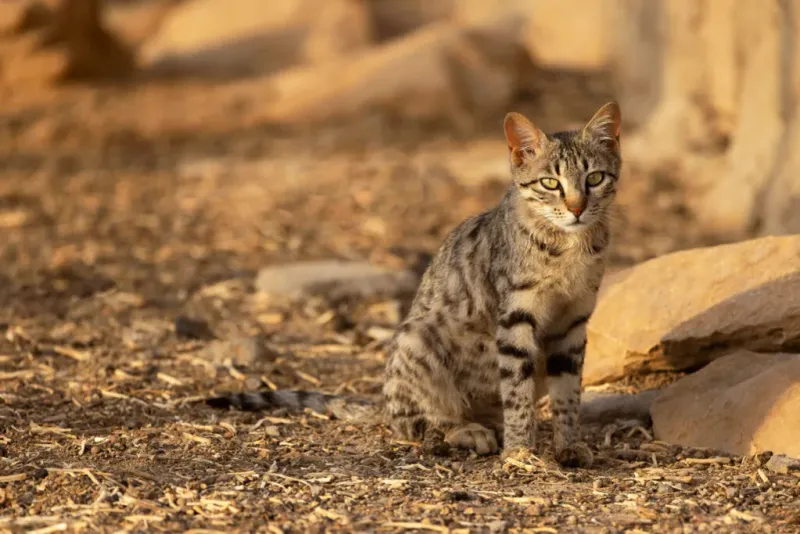
Rising temperatures transform the wildcat’s semi-arid habitats into uninhabitable deserts. Extended droughts reduce rodent populations—their primary food source—forcing wildcats into human-occupied areas.
Unpredictable weather patterns disrupt breeding cycles. Flash floods destroy dens with kittens, while changing vegetation patterns eliminate crucial hunting cover, making these specialized predators increasingly vulnerable.
13. What’s Being Done To Prevent Their Extinction

International treaties now protect wildcats from hunting and capture. Organizations like the IUCN coordinate global conservation strategies, prioritizing regions with pure wildcat populations.
Innovative solutions include contraception programs for feral domestic cats near wildcat territories. Local education initiatives teach communities to value wildcats as cultural heritage rather than threats to livestock.
14. The Role Of Zoos And Wildlife Reserves
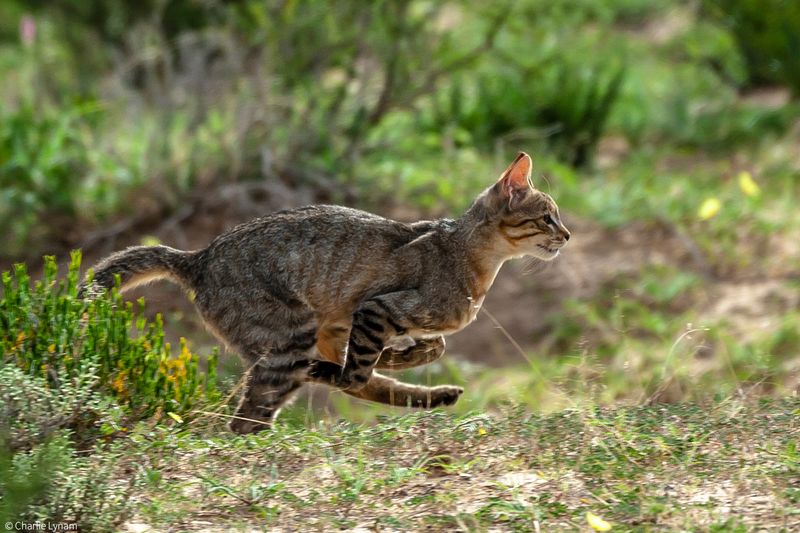
Modern zoos maintain genetically diverse wildcat populations as insurance against extinction in the wild. These cats participate in carefully managed breeding programs to preserve pure bloodlines.
Wildlife reserves create safe havens where wildcats can thrive without human interference. Research conducted at these facilities helps scientists understand wildcat behavior, nutrition, and reproduction—knowledge that improves conservation efforts in natural habitats.
15. How You Can Help Protect The Afro-Asiatic Wildcat
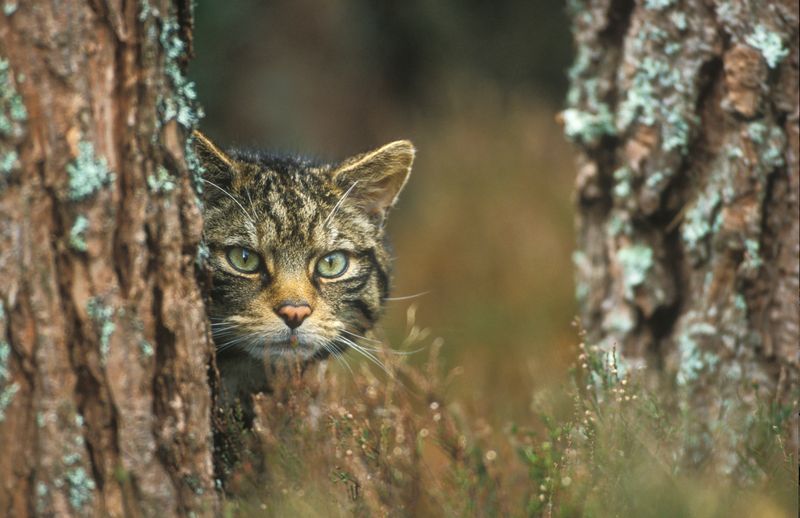
Spaying and neutering pet cats prevents hybridization with wild populations. Keeping cats indoors, especially near natural areas, reduces direct competition and disease transmission.
Supporting conservation organizations through donations funds critical research and habitat protection. Spreading awareness about wildcat conservation challenges helps build public support for protective legislation that safeguards these remarkable ancestors of our beloved pets.

